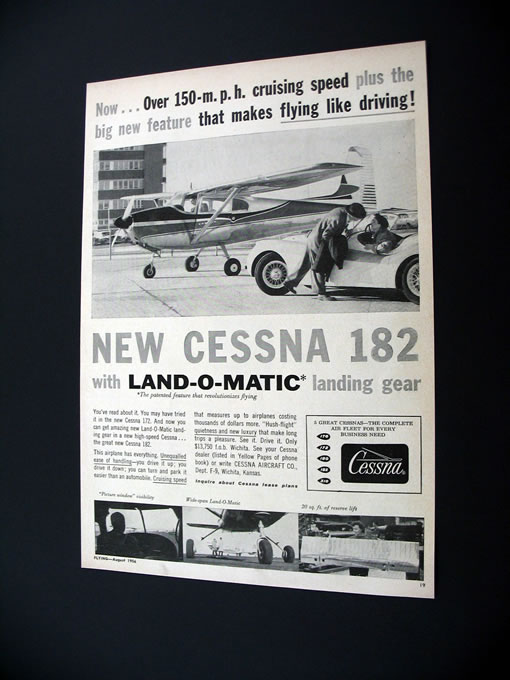alfadog
Final Approach
In another thread, I mention that I am being taught, when on the ILS approach, to hold the wings level with the ailerons and make small heading adjustments with the rudder. I was mildly upbraided for manhandling the aircraft roughly and using a crutch.
Now, I hardly think a 5 degree correction with the rudder is manhandling roughly but perhaps it is a crutch and bad technique. What do y'all do?
Now, I hardly think a 5 degree correction with the rudder is manhandling roughly but perhaps it is a crutch and bad technique. What do y'all do?



